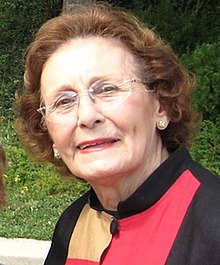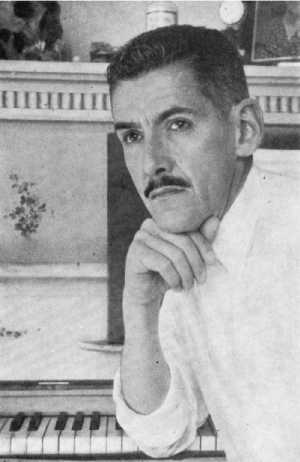
Carlos Guastavino was an Argentine composer, considered one of the foremost composers of his country. His production amounted to over 500 works, most of them songs for piano and voice, many still unpublished. His style was quite conservative, always tonal and lushly romantic. His compositions were clearly influenced by Argentine folk music. His reputation was based almost entirely on his songs, and Guastavino has sometimes been called "the Schubert of the Pampas". Some of his songs, for example Pueblito, mi pueblo, La rosa y el sauce and Se equivocó la paloma, became national favorites. Unlike most other composers, at any time or place, Guastavino earned enough from his royalties and performing rights that he had little need for other income.
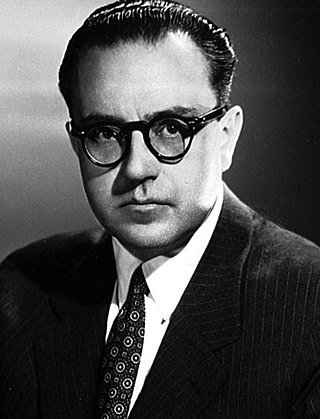
Alberto Evaristo Ginastera was an Argentine composer of classical music. He is considered to be one of the most important 20th-century classical composers of the Americas.
The Conservatorio Nacional Superior de Música is the national music conservatory for Argentina and it is located in Buenos Aires.

María Elena Walsh was an Argentine poet, novelist, musician, playwright, writer and composer, mainly known for her songs and books for children. Her work includes many of the most popular children's books and songs of all time in her home country.
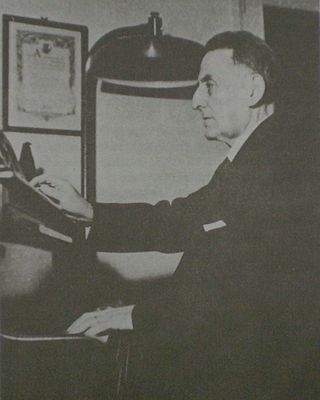
Gilardo Gilardi was an Argentine composer, pianist, and conductor who was the eponym of the Gilardo Gilardi Conservatory of Music in La Plata, Buenos Aires.
Rodolfo Arizaga was an Argentine composer.

Juan José Castro was an Argentine composer and conductor.
José Bragato was an Italian-born Argentine cellist, composer, conductor, arranger and musical archivist who, in his early career, was principal cellist in the Colón Theatre orchestra in Buenos Aires, Argentina. Apart from his involvement in classical music he also performed for many years in a number of Ástor Piazzolla's Nuevo tango ensembles where his cello solos, which had never before featured in tango, put him in the vanguard of Nuevo tango from its birth in the 1950s. Since then he has done numerous and varied arrangements of Piazzolla's compositions.
Marcelo Koc was an Argentinian composer.
Irma Urteaga was a composer and pianist from Argentina.
Olga de Blanck y Martín was a Cuban pianist, guitarist and composer. She was born in Havana, the daughter of Hubert de Blanck and Pilar Martín.
Fernando Egozcue is an Argentinian guitarist and composer.
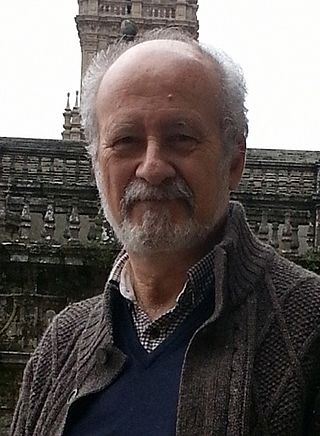
José Luis Turina is a Spanish composer, grandson of Joaquín Turina.

Mariano Etkin (1943–2016) was an Argentine composer.
Fernando González Casellas was an Argentine composer of classical music. A student of Jaume Pahissa, his early music was predominantly atonal, although his later compositions explored other musical forms and genres. He was the winner of several composition prizes in his native country and abroad for his vocal and instrumental music which included an opera, Saverio el cruel, and many works with religious or spiritual themes.
Jacobo Ficher was a Russian-born Argentine composer, violinist, conductor, and music educator.
Miguel Ángel Gilardi is an Argentine orchestra conductor. He has conducted throughout the world, recorded many concerts and received several awards, including the 2010 Premio Bicentenario.
Gerardo Gandini was a pianist, composer, and music director, who became one of the most relevant figures of contemporary Argentine music of the second half of the 20th century. He studied composition with Goffredo Petrassi and Alberto Ginastera, and piano with Roberto Caamaño, Pía Sebastiani, and Ivonne Loriod. He was Astor Piazzolla's pianist in the Sexteto Nuevo Tango formed in 1989.
Sylvia Haydée Kersenbaum is an Argentine pianist, composer and teacher. Among other things, she is recognized for performing the complete cycle of 32 Beethoven piano sonatas twice, and her music for the ballet The Masque of the Red Death, based on a story by Edgar Allan Poe.
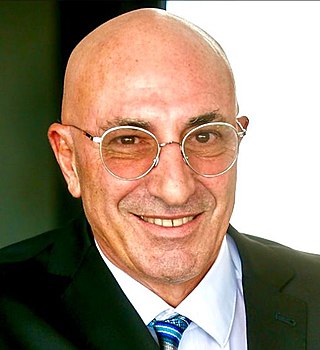
Daniel Doura is an Argentine composer of classical music. Considered one of the Argentine composers who currently have international exposure, Doura is a graduate of the Boston Conservatory, the Massachusetts Institute of Technology and the University of Columbia, and among his teachers were John Cage, Mario Davidovsky, Chou Wen-chung, Alberto Ginastera, Luciano Berio, Tōru Takemitsu, Milton Babbitt and John Adams, among others. He received the Best Composition award from the American Society of Composers, Authors and Publishers (ASCAP) in 1985 and was a finalist for the Best Composition award from the American Academy of Arts and Sciences (AAA&S).
